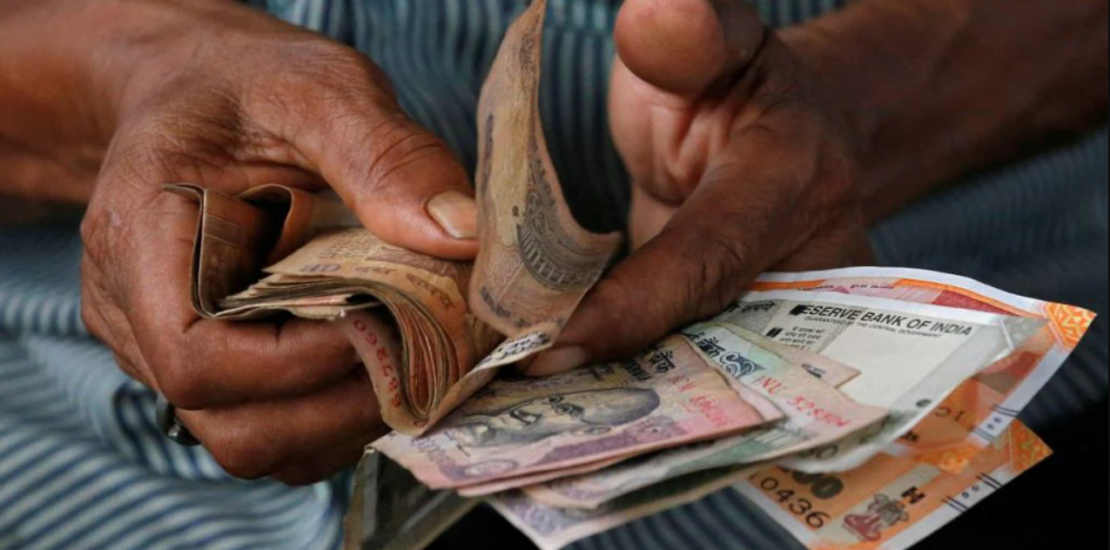- December 23, 2019
- Posted by: Amit Pabari
- Category: Market

The markets are now in a relaxed mode, done and dusted by the most awaited completion of ‘phase one’ of US-China trade deal and completion of dollar inflows from Arcelor Mittal takeover deal. For 15 days, the rupee has been trading in a thin range of 70.50-71.30 levels and as all the major events came to an end, there was no room available to lift the rupee higher beyond 70.52 since volumes are also less due to the holiday week.
Fundamentally, the economic picture remains gloomy and in the absence of adverse factors globally, markets turn attention to the domestic front on the possible fiscal slippage. The growing fiscal deficit is the main concern and any change in the rating outlook by S&P on the negative side shall take a toll on the rupee in the near term, ruled by negative market sentiments. However, despite gloomy economic health, the pair has managed to stay strong and stable as –
- Constant inflows in the Indian capital market which helped breech 1 trillion mark this year.
- The RBI has started buying dollars to support export competitiveness in the background of falling export growth.
Therefore, over a short-medium-term period, we expect the base level of the rupee to establish near 70.50-35 levels and the top shall be established up to 72.50 levels. Hence, from a medium perspective, till the time pair doesn’t break 70.35 levels, dips close to 70.35-70.80 is a clear-cut buying zone and spike above 71.70-72.20 levels are great levels for selling. Nonetheless, for immediate exposure, 70.50-70.70 is an ideal level for buying and spikes near 71.20-71.50 are decent for selling.
Last week, EUR-USD had been consolidating for a couple of days near 1.1100 mark and when it broke the mark, the support, it dropped to 1.1065, selling pressure intensified as this was more of a technical break. Euro was hit by weakening German consumer confidence in January. We saw manufacturing activity slow, inflationary pressures ease and consumer confidence weaken. The Euro struggled because ECB President Christine Lagarde was optimistic at her first monetary policy meeting; data has not supported her views. Going ahead, the pair is expected to take support at 1.1050 levels and resistance shall be near 1.1150 levels.
The outcome of Brexit remains uncertain
The GBP-USD pair reached a multi-week low of 1.2978 and finished the week around the 1.3000 figure, as fears of a hard-Brexit weighed on the pair. Better-than-anticipated UK data failed to support GBP, with the country’s GDP revised higher in Q3 to 0.4 percent from 0.3 percent. However, markets have become nervous about what is perceived to be a tight deadline. It is expected that striking a trade deal with the EU will take significantly longer than one year, and the possibility that British Prime Minister Boris Johnson would amend the withdrawal agreement to remove the possibility of an extension is causing significant concern by the markets that a no-deal could be back on the cards.
In this regard, the election may be over but Brexit is not. The outcome of Brexit remains fundamentally uncertain and therefore the GBP-USD will struggle to make gains above the 1.3500 mark in the near to medium term. However, the pair shall range between 1.2950-1.3300 where political developments shall be closely tracked.
Amit Pabari is MD at CR Forex Advisors.
Leave a Reply
You must be logged in to post a comment.




